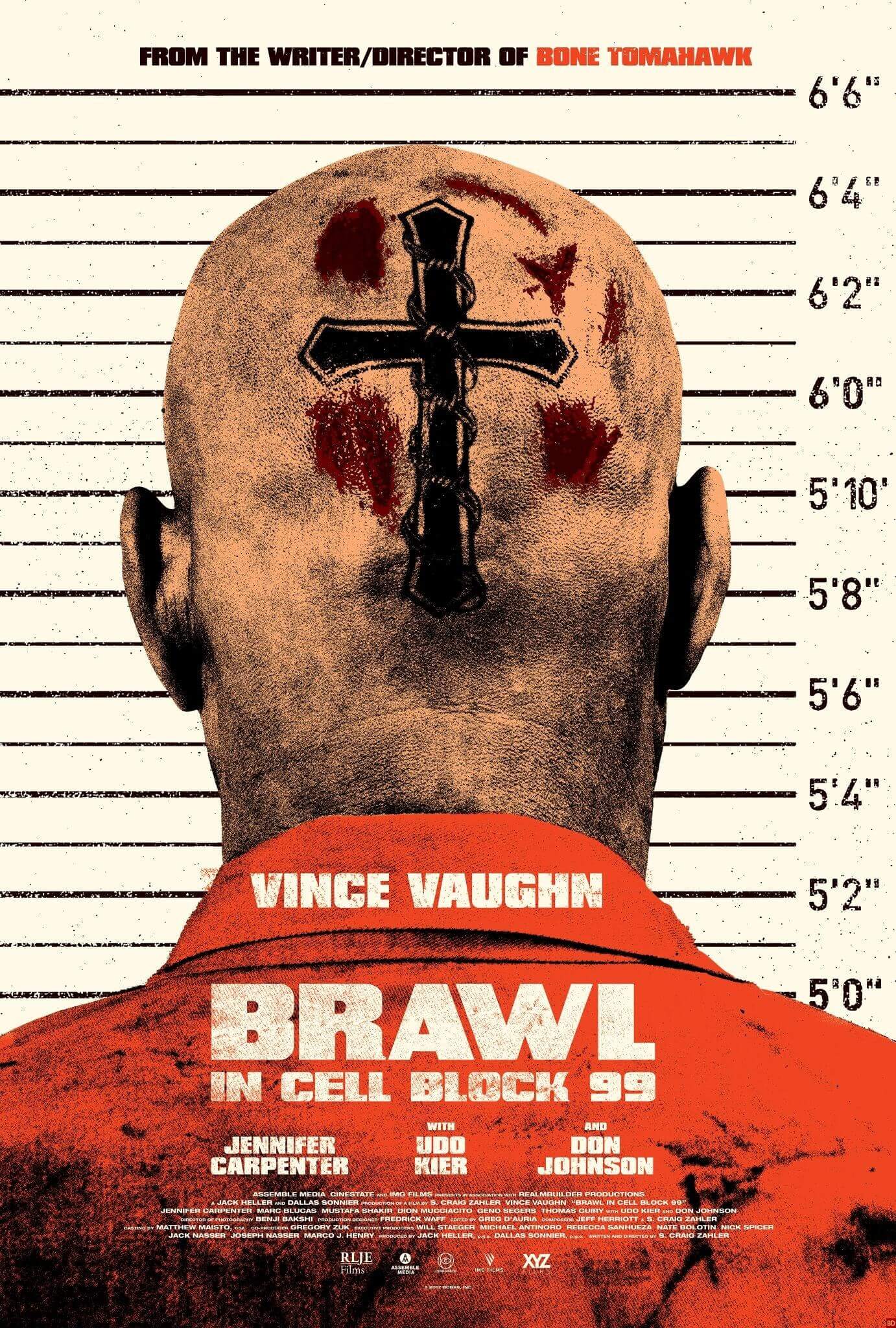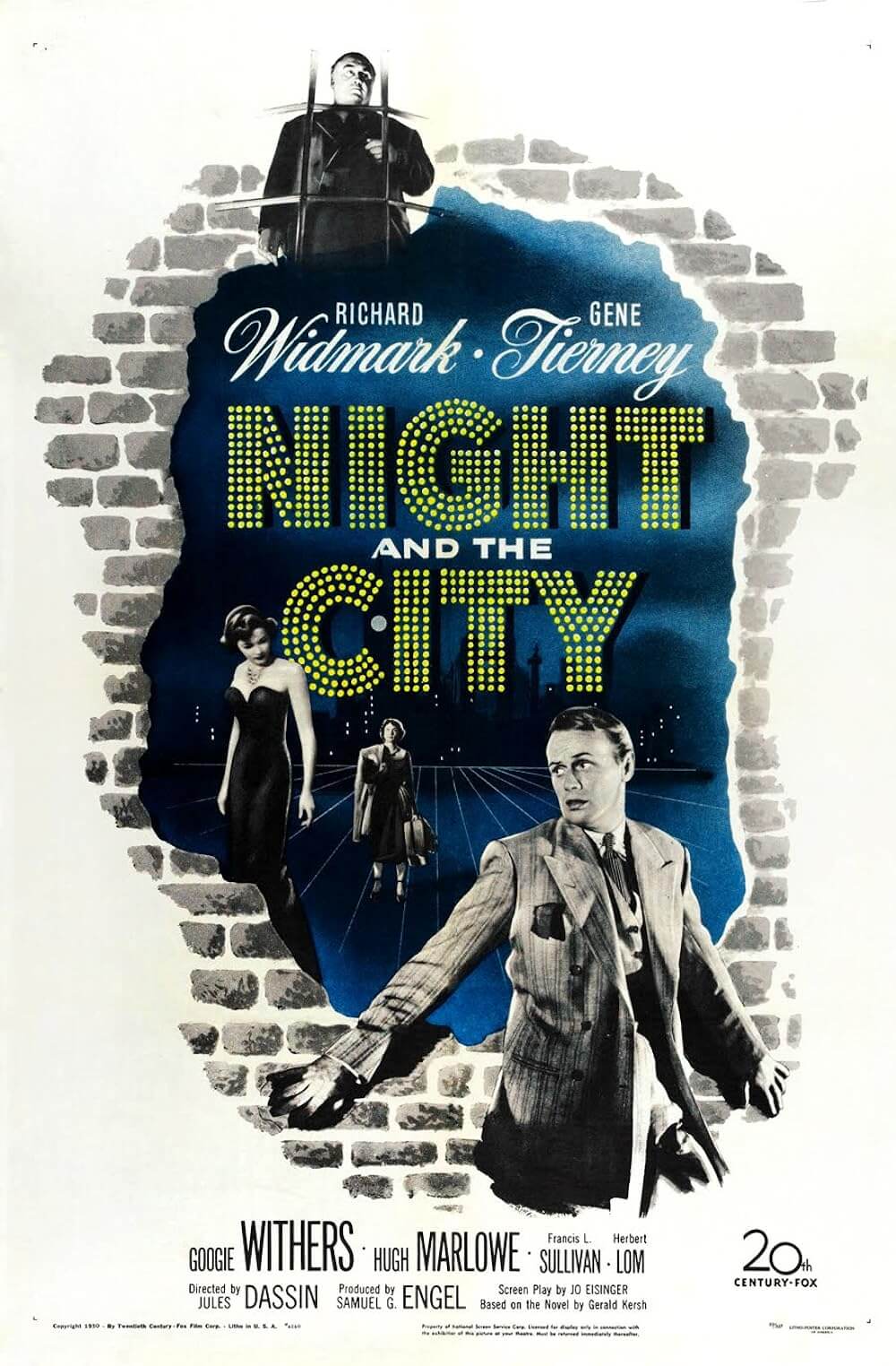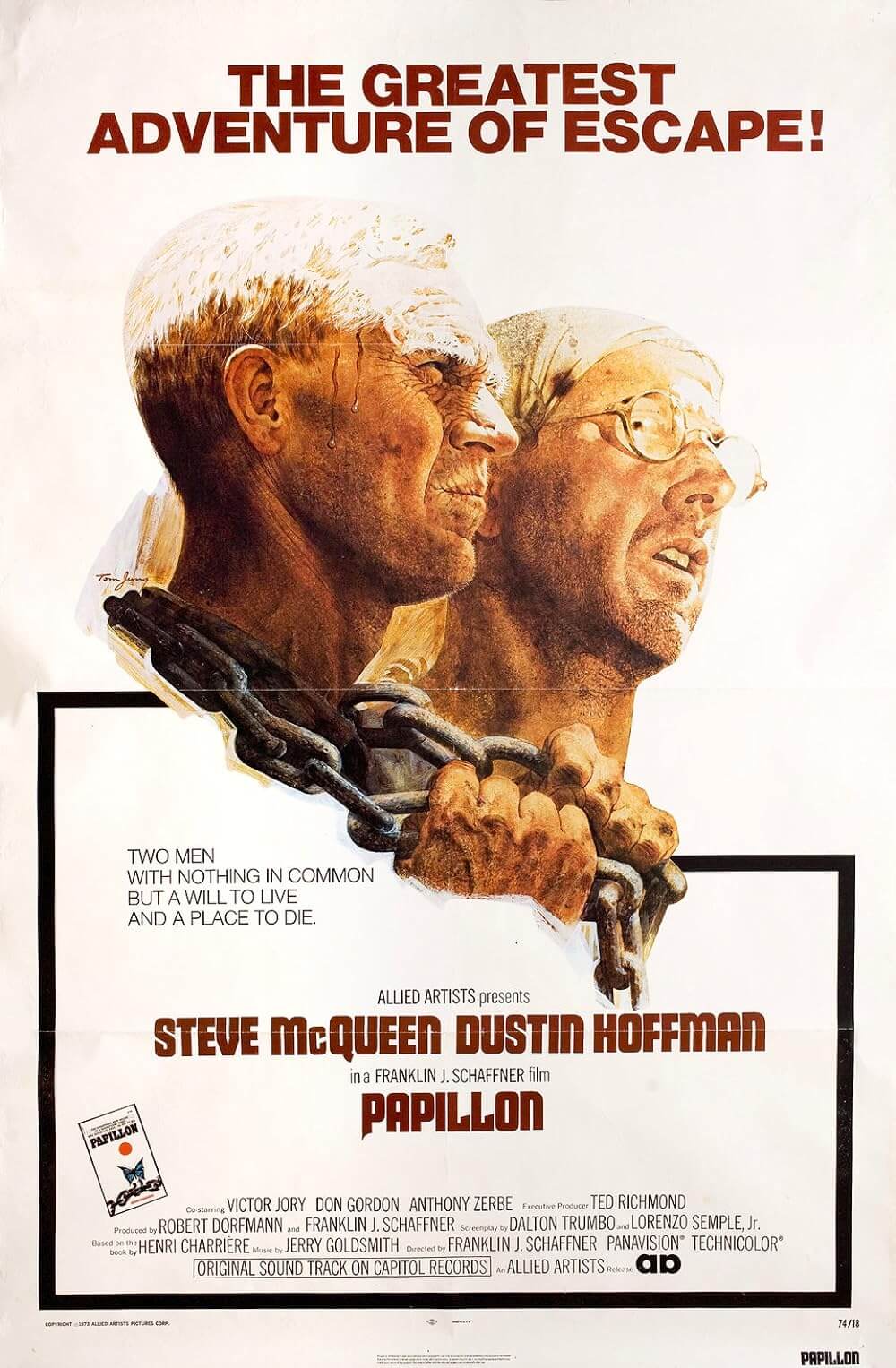The Definitives
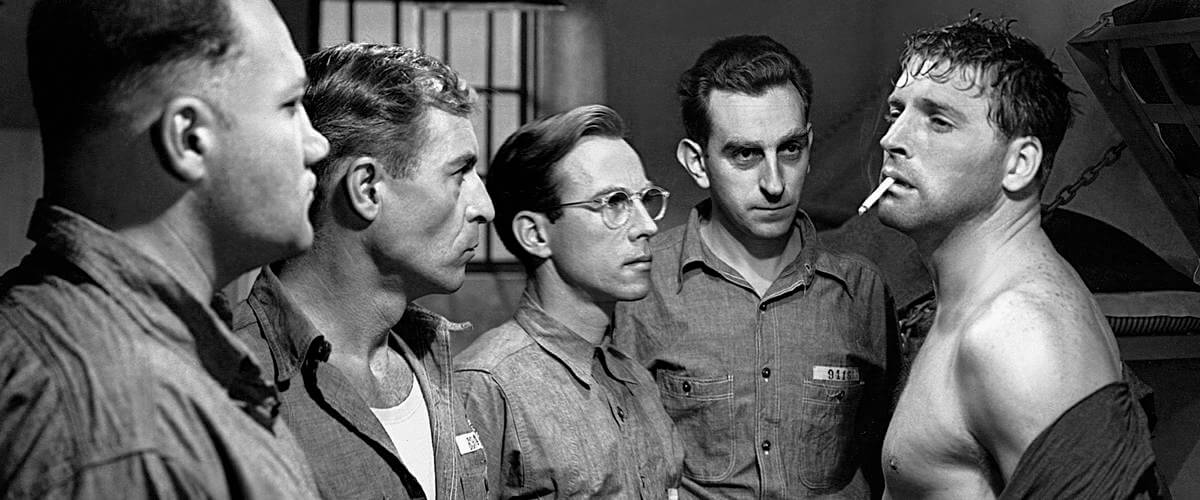
Brute Force
Essay by Brian Eggert |
Jules Dassin’s 1947 picture Brute Force, a prison film archetype for many to follow, tells the story of cell R17’s inmates and their desperate attempt to retain humanity through escape. Under the fascist command of Captain of the Guard Munsey (Hume Cronyn), the prison operates more like a Nazi POW camp than a penitentiary with wholly sympathetic men imprisoned. The film’s eventual escape relies on a single, vicious attack on the guards, and uses the sheer numbers of the inmate population to overrun the prison’s structure. As these scenes are reserved until the final moments, the bulk of Dassin’s picture speaks to politically subversive ideals, ending with a tragic dose of reality mandated by Hollywood’s moral police.
Burt Lancaster plays Joe Collins, a con desperate for escape because his lover, unaware Collins is locked up, refuses a cancer operation until he sits by her side. With motive like that, Collins resorts to quick, aggressive judgment to get himself out, leading the film to an unforgettable climax that sounds-off with social relevance for the period. It was only Lancaster’s second role, but even then you could see genius blazing away in his eyes with a fiery intensity, and the soft crackle of a pensive furnace quietly burning within. Like the darkest film noir, a sub-genre in which Dassin became a master (see The Naked City, Thieves’ Highway, Night and the City, and Rififi), the film combines a moody chiaroscuro use of light with a parallel sense of shadowy predestinarianism. The escapees hopelessly attempt to break out, and though only a single machine gun posted on an operation tower stands in their way, we know the film will not end happily. How can it? No matter the outcome, we flinch with moral conflict: either the prisoners escape, allowing criminals to go free, or the prisoners remain in jail, in which case Collins’ girl dies. We remain torn between the humanist conflict of the inmates and the just assertion of law.
 As the Hays Code’s rules say a right and ethical impression must be left on the audience, Hollywood could not allow the prisoners to escape; thus, the film declares law callous and unsympathetic within its undertones. Dassin’s offscreen reputation was threatened by the film’s anti-establishment commentary, since his Russian and Jewish lineage already singled him out among his contemporaries. The director fell victim to McCarthy’s House Committee on Un-American Activities, and in 1950 was blacklisted and left the country for Europe. Dassin’s career never reached the same generous artistic swell he enjoyed in Hollywood, despite making his masterpiece Rififi in France during his exile.
As the Hays Code’s rules say a right and ethical impression must be left on the audience, Hollywood could not allow the prisoners to escape; thus, the film declares law callous and unsympathetic within its undertones. Dassin’s offscreen reputation was threatened by the film’s anti-establishment commentary, since his Russian and Jewish lineage already singled him out among his contemporaries. The director fell victim to McCarthy’s House Committee on Un-American Activities, and in 1950 was blacklisted and left the country for Europe. Dassin’s career never reached the same generous artistic swell he enjoyed in Hollywood, despite making his masterpiece Rififi in France during his exile.
For Burt Lancaster, an actor with outspoken liberal sympathies, Brute Force‘s message was clear and perfectly suited his own humanist ideals (which would also be addressed in his later works like The Train, Birdman of Alkatraz, and Seven Days in May). His first appearance on film was in the 1946 film noir The Killers, based on the short story by Earnest Hemingway. Hired by producer Mark Hellinger, Lancaster was not the producer’s first choice to play the role of “the Swede.” Van Heflin, Edmund O’Brien, and most notably Wayne Norris, the latter of whom Warner Bros. refused to lend out, were all considered before Lancaster. As Hollywood legend goes, during a casting call, the lofty actor lugged himself in and spoke the Swede’s lines with perfectly plain small-town passivity, as if written by Hemingway himself. Hellinger found Lancaster ideal for the role, thinking he was not acting so much as naturally fitting the part. But once the audition was over and Lancaster was hired, the actor returned to his normal, intellectual self. Hellinger was duped into thinking the actor mirrored the character, and Lancaster proved himself versatile. The producer was so impressed with Lancaster’s performance in The Killers, he hired the actor to star in Brute Force, which completed filming just before Hellinger’s fatal heart attack in 1947.
Both The Killers and Brute Force shot Lancaster into stardom and began a career that would generate one of Hollywood’s greatest screen legends. From roles in American classics like From Here to Eternity (1953) and Sweet Smell of Success (1957), to smaller foreign and art films such as Il Gattopardo (The Leopard, 1963) and Atlantic City (1981), Lancaster brought integrity and class to every performance, in a prolific filmography spanning both genre and time. Lancaster’s inmate character Joe Collins exemplifies the everyman hero struggling against an unfathomable power. Collins is not a violent or depraved criminal; he is just a man determined to break free of that which holds him back. Be it iron bars, a ruthless dictator like Munsey, or a gate leading to freedom, his intention is to smash it down and escape. Lancaster gives the role a dignified and intense profundity, not because his dialogue is written with such characteristics, but because Lancaster’s eyes and face can verbalize without the benefit of words.
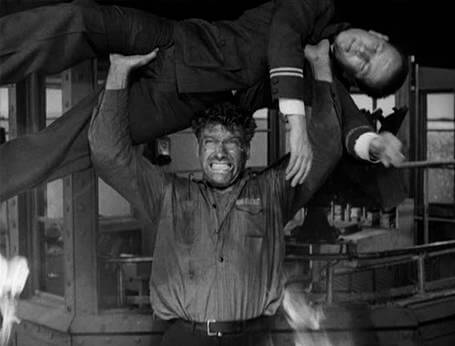
Collins and the prisoners of cell R17 exist with names (as opposed to serial numbers), without guilt, and without a sadistic violence bred into an unforgiving world of inmate politics and hierarchy. In fact, Brute Force resists depicting prison film stereotypes where cons form defined, cliquey gangs, or engage in undue violence toward one another. One powerful scene does show the prison population punishing an informer for blabbing to Munsey—the equivalent of an American POW selling U.S. secrets to the Nazis for leniency—but that action occurs as a group effort and transpires like a war crime punishment carried out on the battlefield by fellow soldiers.
The prison community works as a whole; as if all fighting for the same country, they are unified against a single enemy. Without allusions to drugs, sodomy, or confessions to their suspected wicked crimes, this jail contains men that should not be imprisoned. As viewers, we are not asked to pardon vicious criminals. Collins and his fellow inmates contain human characteristics not befitting convicts, and for each, the imprisonment feels somehow excessive next to their meek crimes. Though they are offenders of the law, nothing about their criminality frightens us. For postwar Americans seeing this film upon its original release, Collins and his comrades may have translated as prisoners in a Nazi POW camp, as suggested. As prison escape movies go, Brute Force finds a more convincing partnership with The Great Escape than Escape from Alcatraz. Unjustly held by the dictator Munsey, it is Collins’ duty to attempt escape, just as it would be a soldier’s duty to escape from enemy captors. The plot could very well be formatted to tell a POW drama.
During several melodrama-infused flashbacks, Dassin tells every inmate’s backstory while the respective con reflects on a pinup girl posted onto the cell wall—a dark-eyed, somewhat expressionless image of a nearly featureless female face onto which each inmate can unconsciously project his own girl. Through their accounts, we identify with the prisoners as humans, rather than “subjects to be corrected.” Granted, most prison films set the audience up to sympathize with their inmates, but with Brute Force, a heightened dramatic clause is entered. We genuinely feel for these men.
Michel Foucault’s landmark study of corrections, Discipline and Punish, may not take a stance on which is better, physical punishment or incarceration, but his book does outline the problems with each. Disciplining through captivity and reformation—the goal of the prison system—does little to actually rehabilitate the criminal. The prison, as it is now commonly thought, melds all forms of criminality into a single blade, and when prisoners are released from their jail, that blade comes striking down on society. When a man goes in, he comes out worse than he once was. As a result of Brute Force’s sympathetic portrayal of its inmates, we cannot imagine a single prisoner in the film becoming a part of that blade of penality which threatens our society.
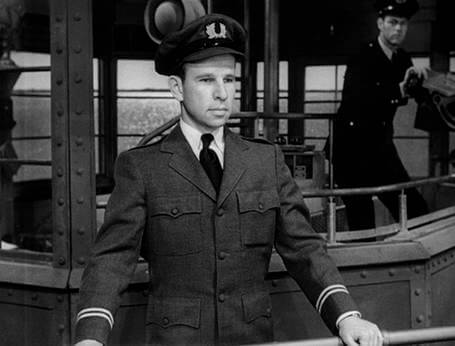
Coming back from WWII after 1945, American soldiers removed their soldier’s uniform and dressed in the ties and nametags associated with their new office jobs. Complacency and the death of imagination were embraced as employment norms. For these men, stuck in positions they often had no interest in, the job became like a prison. The gray flannel suit uniformly representing Average Joe (formerly G.I. Joe) closed him off from the world via the iron bars of his businessman costume. The only way out, for few of them, was the Korean War. The majority, however, were confined behind stacks of paperwork mounting on their desks and were never again to see the life of day. For them, Brute Force speaks against contentment in such a pointless existence and asks that they fight back.
As the sole villain in the picture, Captain Munsey, an otherwise unimpressive specimen aside from the position and power he holds, inhabits a dictator-like god-complex, associating him with Hitler. Actor Hume Cronyn does not tower at 5’ 6”, particularly when standing next to Lancaster, who soared over Cronyn at 6’ 2”. It remains ironic that a position of such authority would be held by someone so unsubstantiated in a physical sense. A scene in Munsey’s office shows the Captain as he beats a prisoner with a pipe; meanwhile, just outside the door, the other guards eat lunch and morally twist and turn at what they hear, but are helpless to do anything. The prison warden, also helpless, relies on Munsey for all decisions. A single, small man, Munsey controls the clout of the prison’s masses, which include the prison residents and staff equally. If it was not the Fuhrer’s deeds that, in a roundabout way, placed former WWII soldiers into rotten office positions upon their return home, chances are it was someone like him—a bureaucratic figure that contrasts the human argument by simply existing in a position of authority. Brute Force gives those real-life soldiers someone to blame, be it Hitler or someone else in their lives, for their captivity and lack of personal freedom. The film also underlines unjust bureaucratic systems, specifically prisons, and how they too are corrupt, if not sadistic, in their pointless attempts at rehabilitation.
When watching Brute Force again, Franz Kafka’s short story In the Penal Colony cannot help but come to mind. The prisoners of cell R17, their crimes meager when compared to the crimes of men in other prison films, are punished with such a sick, dogmatic logic that the machine falls apart. Unwilling to tolerate Munsey and his fascist rule, the prisoners rise up and attempt escape. Kafka’s story ends with the apparatus of punishment (Munsey) falling apart at a wayward penal colony; the machine that inscribes the law (the prison) onto the criminal’s body (the prisoners) malfunctions and falls apart (the dysfunction of the unpractical and often unjust penal system). Once the first Molotov Cocktail breaks onto the machine gun tower in the final riot scenes of Brute Force, one imagines the apparatus from Kafka’s story coming loose and crumbling into an unrecognizable confusion of parts. The knot of the penal system becomes undone…
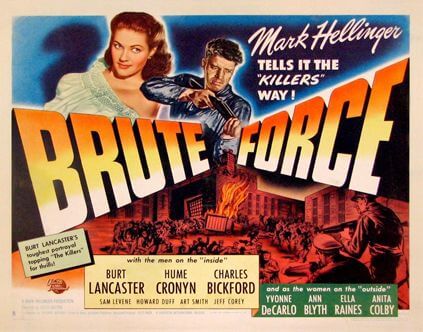 This may lead one to believe that The Weak (prisoners) have the power, and The Strong (Munsey, and those who follow him), who are few, have none. Except, the fatalistic plan of film noir suggests otherwise. While the mob at the climax of the film has only to take out a single machine gun, with all their advantage and strategy, the crowd of prisoners fails to escape. Although Munsey dies, a panicked prisoner inadvertently blocks the front gate by attempting to drive a truck through it; escape becomes impossible after the disorganized mob creates its own doom. Though we battle men or institutions like Munsey, we often elect them or standby, as if helpless, as they come to power. Viewers have no choice but to be moved by this unexpected cruel joke of fate, pointing out the unfair and hopeless effort we all face day to day. The conflict may originate from a single source, like Munsey, or we may create it ourselves, in turn becoming our own worst enemy. In either case, we are trapped. Dassin slaps his audience that deliberate last line: “Nobody escapes. Nobody ever really escapes.”
This may lead one to believe that The Weak (prisoners) have the power, and The Strong (Munsey, and those who follow him), who are few, have none. Except, the fatalistic plan of film noir suggests otherwise. While the mob at the climax of the film has only to take out a single machine gun, with all their advantage and strategy, the crowd of prisoners fails to escape. Although Munsey dies, a panicked prisoner inadvertently blocks the front gate by attempting to drive a truck through it; escape becomes impossible after the disorganized mob creates its own doom. Though we battle men or institutions like Munsey, we often elect them or standby, as if helpless, as they come to power. Viewers have no choice but to be moved by this unexpected cruel joke of fate, pointing out the unfair and hopeless effort we all face day to day. The conflict may originate from a single source, like Munsey, or we may create it ourselves, in turn becoming our own worst enemy. In either case, we are trapped. Dassin slaps his audience that deliberate last line: “Nobody escapes. Nobody ever really escapes.”
American soldiers came back from fighting fascists after WWII only to find a similar type of repression waiting for them in the workplace: their own personal POW camp in the American business office. Brute Force implies that the unjust system keeps cranking along, while we accept our positions: no matter how hard we try, we are all prisoners. We can stop the power-hungry individuals, the Hitlers and Stalins, but The System, in the end, will prevail. The film suggests that the struggle, though it may certainly end in defeat, is not defeatist; it punctuates the moral and legal paradox surrounding both our penal system and everyday lives.
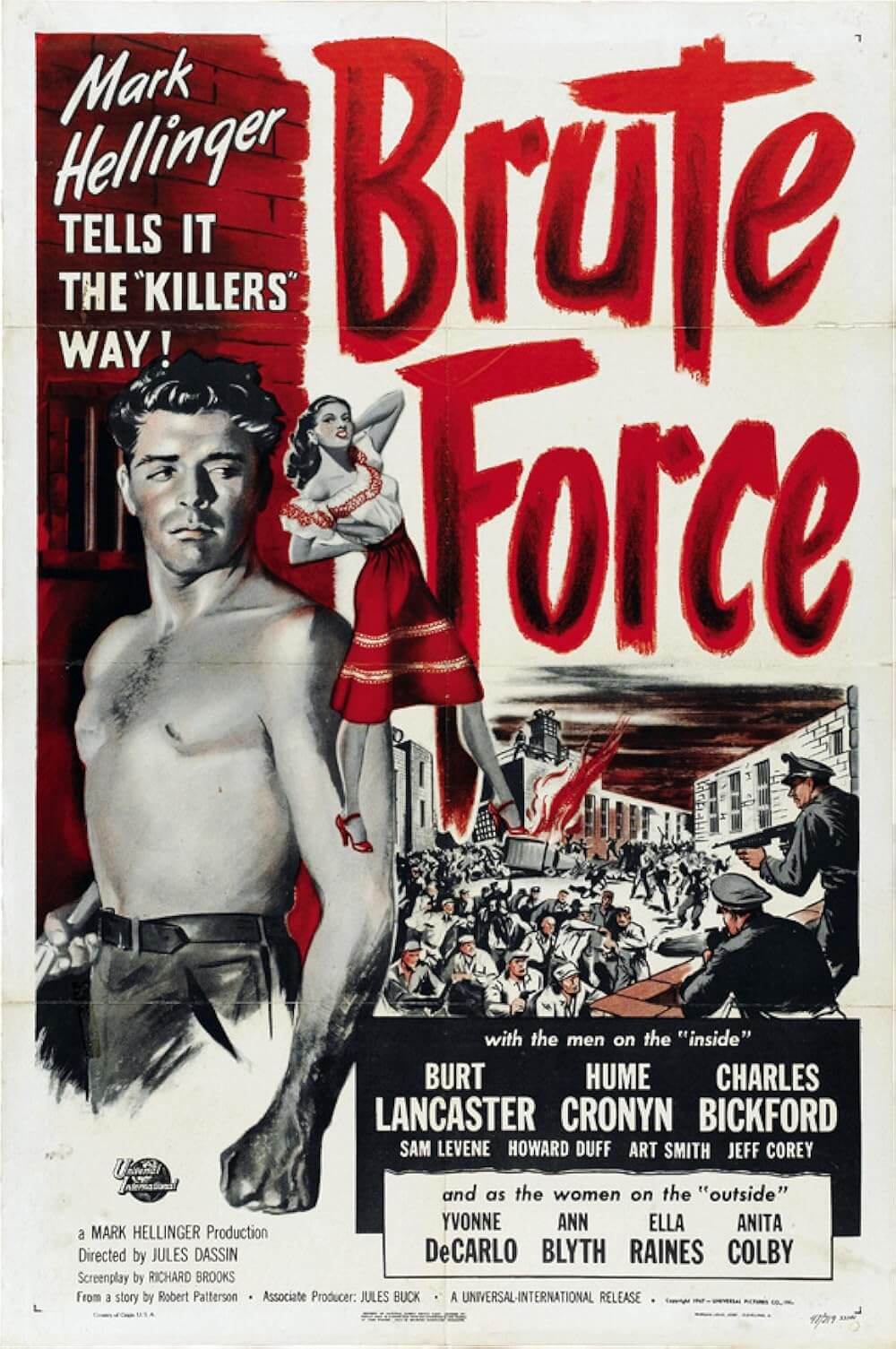
Thank You for Supporting Independent Film Criticism
If the work on DFR has added something meaningful to your love of movies, please consider supporting it.
Here are a few ways to show your support: make a one-time donation, join DFR’s Patreon for access to exclusive writing, or show your support in other ways.
Your contribution helps keep this site running independently. However you choose to support the site, please know that it’s appreciated.
Thank you for reading, and for making this work possible.
Brian Eggert | Critic, Founder
Deep Focus Review


